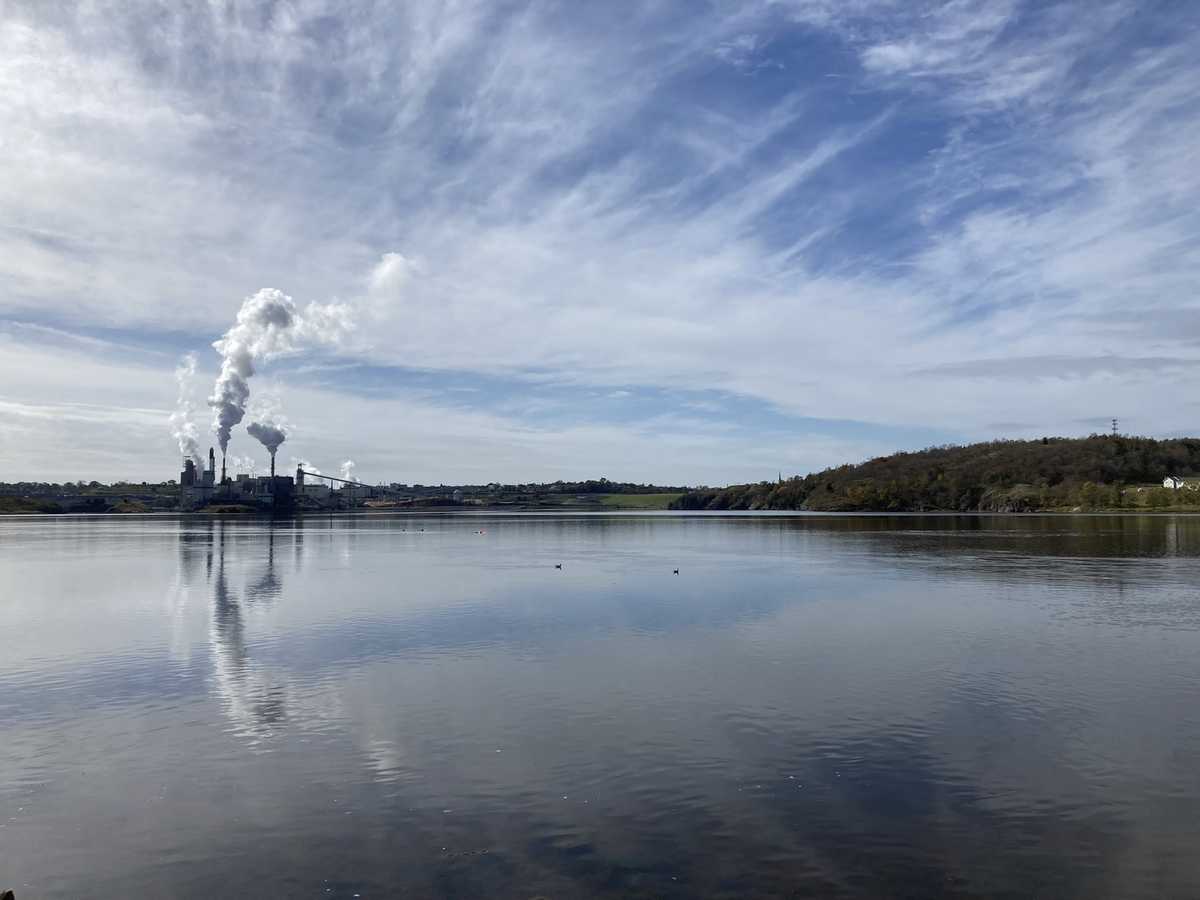
Collaboration and restoration at the heart of this year’s Wəlastəkw | fleuve Saint-Jean | St. John River Summit
By Aislin Livingstone
November 1, 2022
This October, DataStream was fortunate to take part in the annual Wəlastəkw | fleuve Saint-Jean | St. John River Summit. Co-hosted by ACAP Saint John and WWF-Canada, the summit brought together water stewards from across New Brunswick and beyond to learn, share, and celebrate the people, communities, and wildlife of the river’s basin.
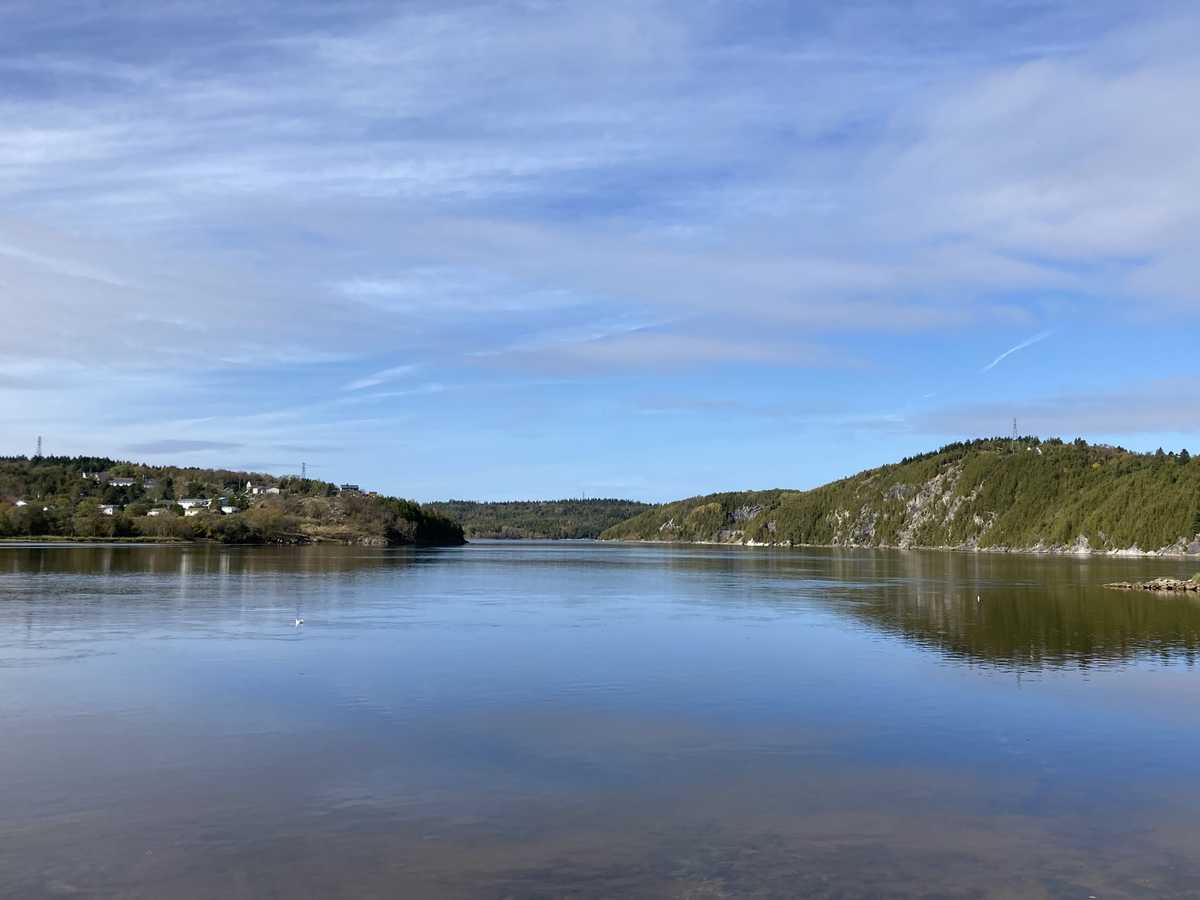
In Wolastoqiyik, Wolastoq aptly means, “beautiful bountiful river”. Eastern North America’s second longest river, the Wolastoq flows through communities in Maine, Quebec, and New Brunswick before emptying into the Bay of Fundy.
The event began with panel discussions reflecting on recent watershed protection and restoration successes, and looking toward exciting opportunities on the horizon. One of the panels discussed the growing momentum, helmed by Wolastoqi leaders, to officially restore the St. John River to its original name, “Wolastoq”. Participants learned that MP Jenica Atwin of Fredericton, has put forward a motion to reinstate the river’s original name, an important move for language revival and reconciliation.
Another notable win this year was the listing of the Wolastoq as a national priority in the federal Freshwater Action Plan and 2022 Budget.
An overarching theme that emerged from the discussions is that a watershed as vast and diverse as the Wolastoq demands an equally holistic approach to stewardship.
Looking ahead, dialogue about future opportunities to safeguard the Wolastoq centered on continued knowledge sharing, collaboration, reconciliation, and, of course, getting more people out on the water to strengthen their connection with the river. Having more eyes and ears on the ground also enhances our ability to monitor and track changes in the watershed.
We need to look at the ecosystem as a whole. This includes the two-leggeds, the four-leggeds, the swimmers, the crawlers, and the fliers and ask: what do they need?Dr. Michelle Gray, Director, Canadian Rivers Institute
Restoring the Wolastoq
On day two, participants were treated to a multi-stop field trip along the banks of the Wolastoq to learn about local restoration projects led by ACAP Saint John in collaboration with their many key partners.
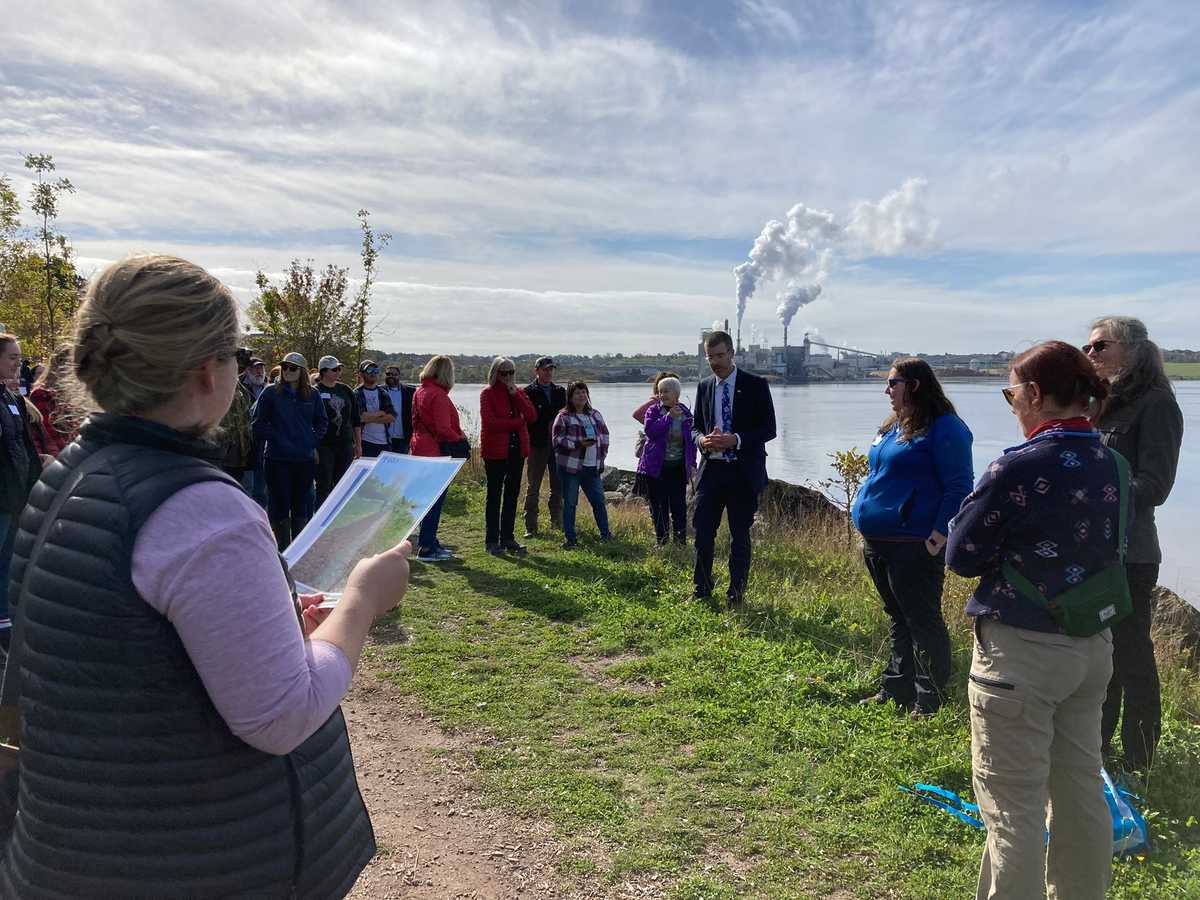
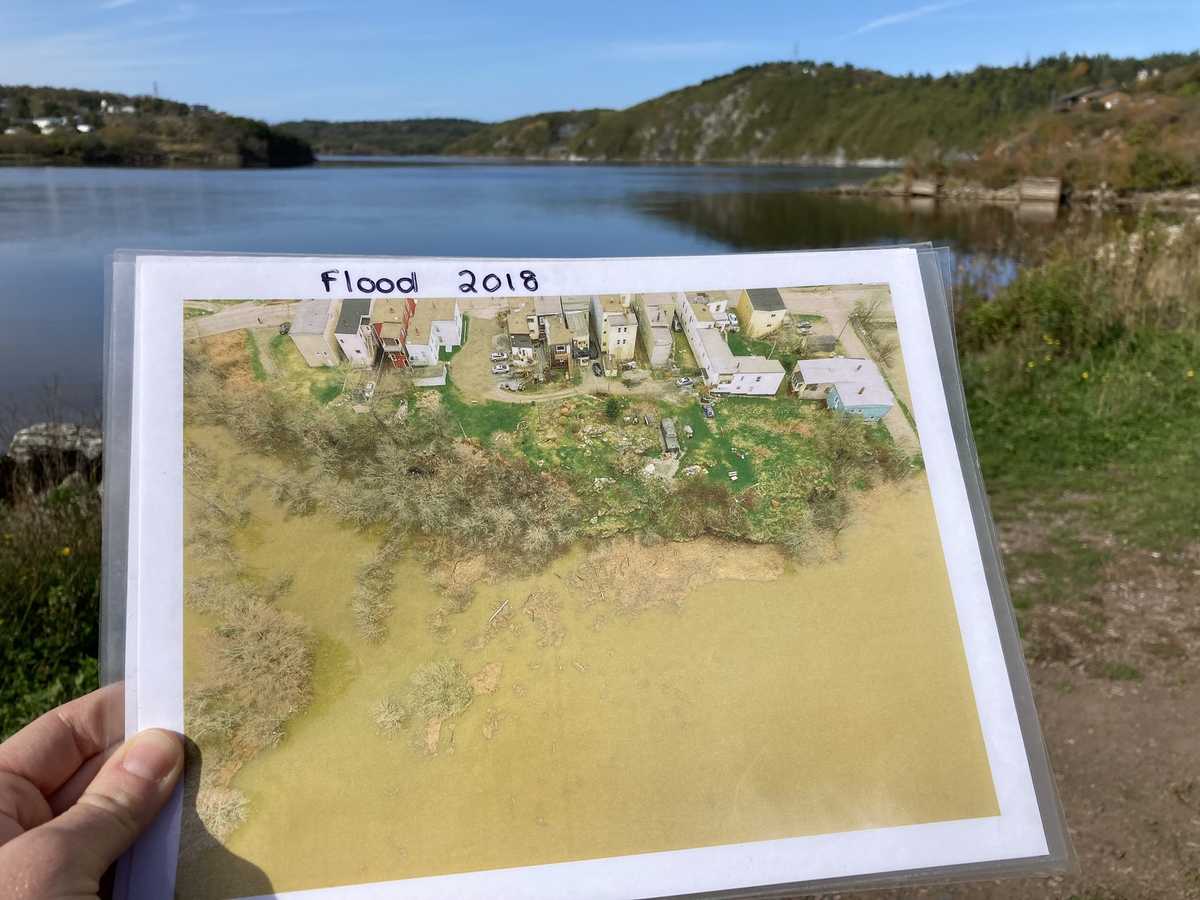
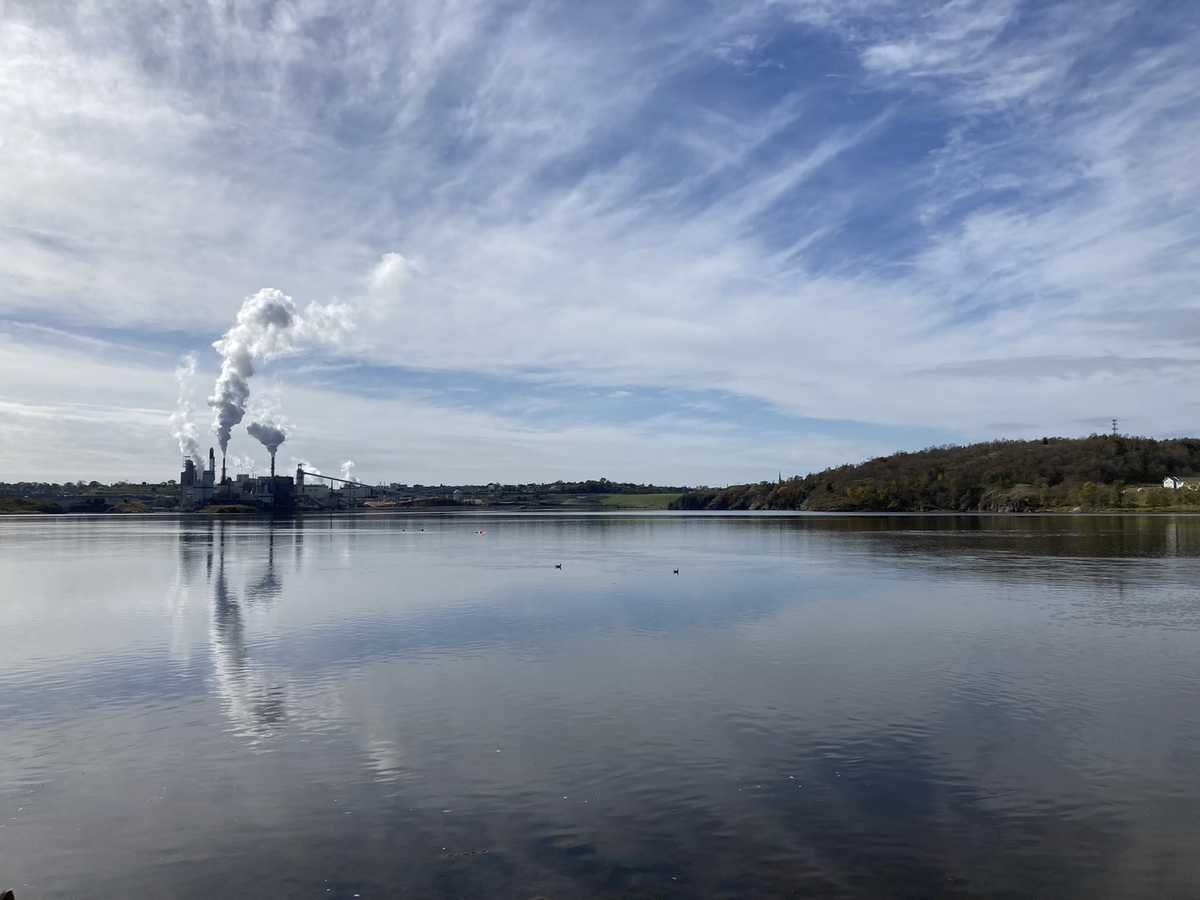
We toured the Spar Cover restoration site, formerly an illegal and dangerous dumping ground. ACAP Saint John, in partnership with WWF-Canada and TD Insurance, transformed the site into a beautiful community gathering space at the confluence of Newman’s Brook and the Wolastoq. Directly within the floodplain, the site design accounts for seasonal water level fluctuations and provides educational opportunities for residents.
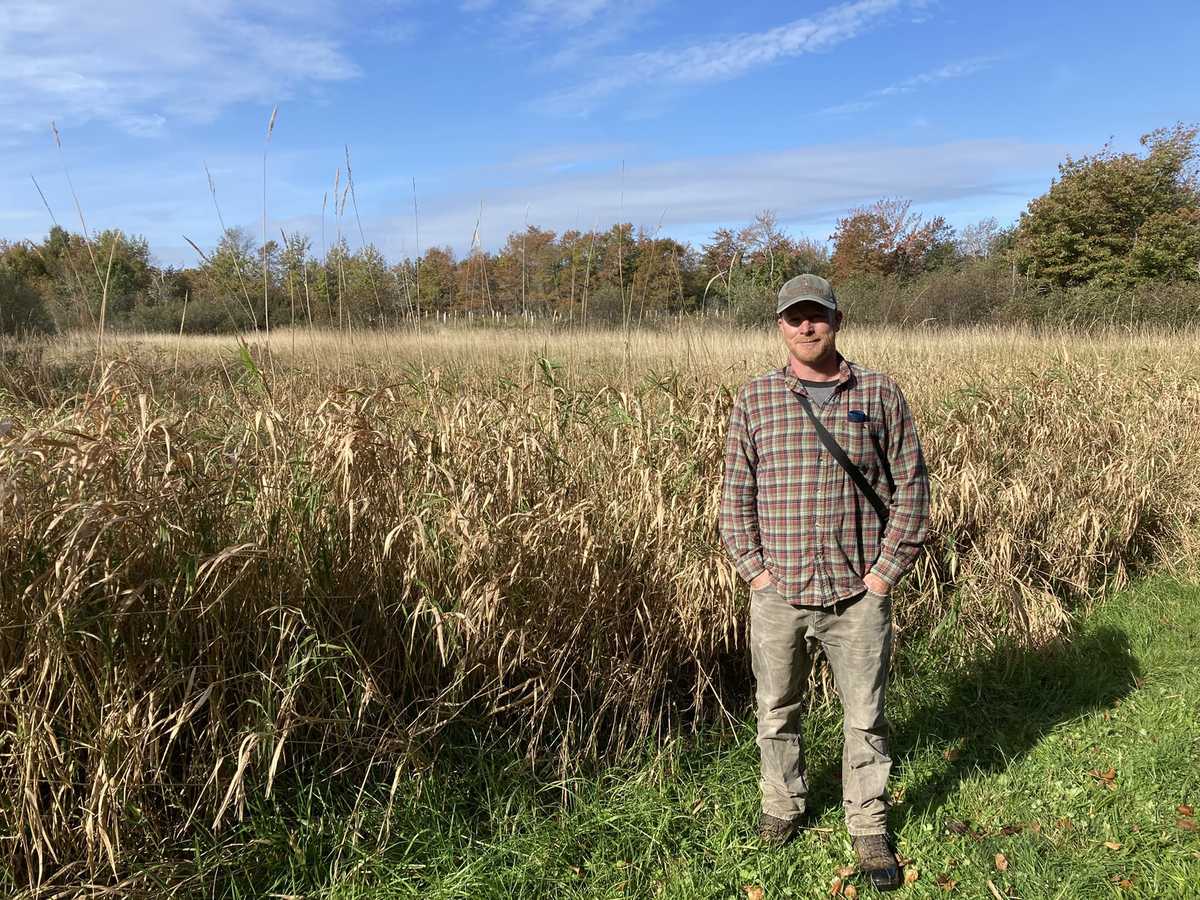
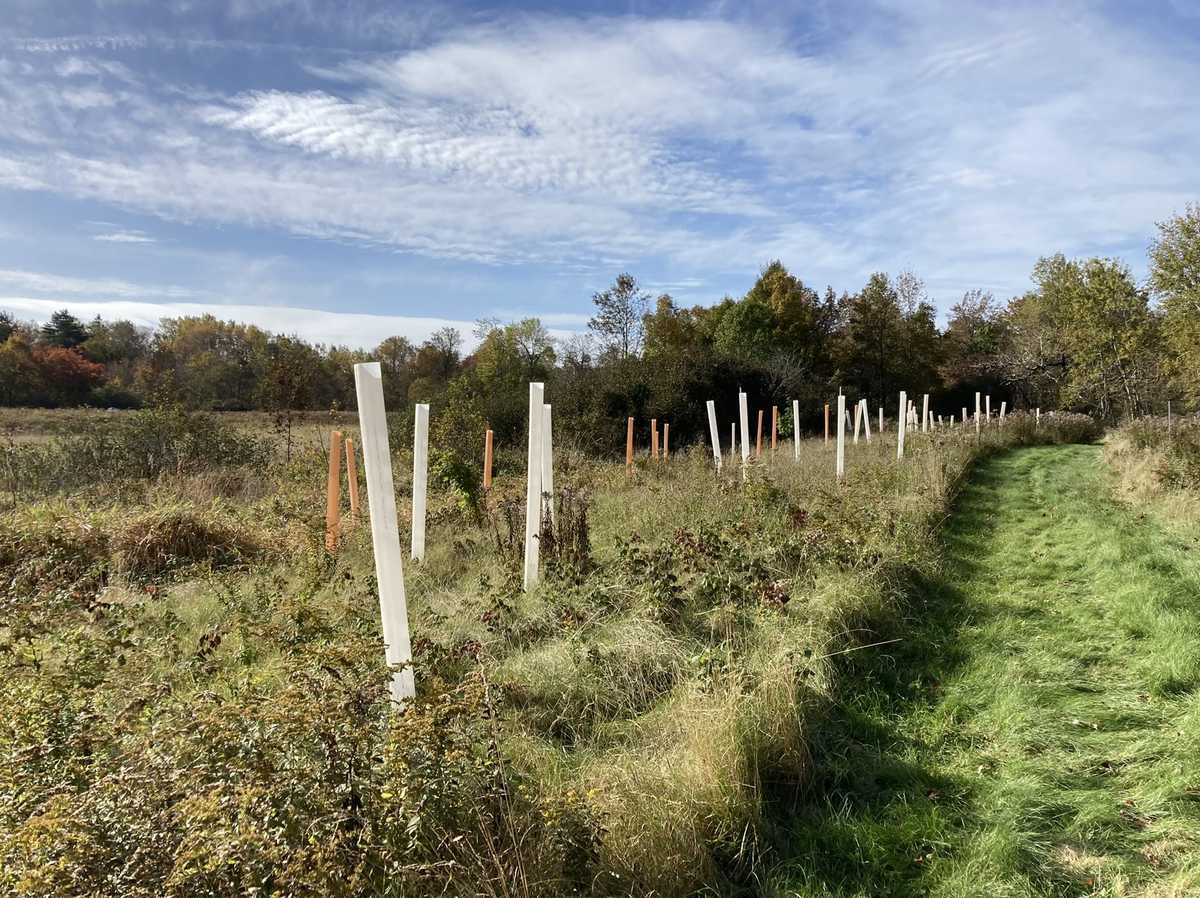
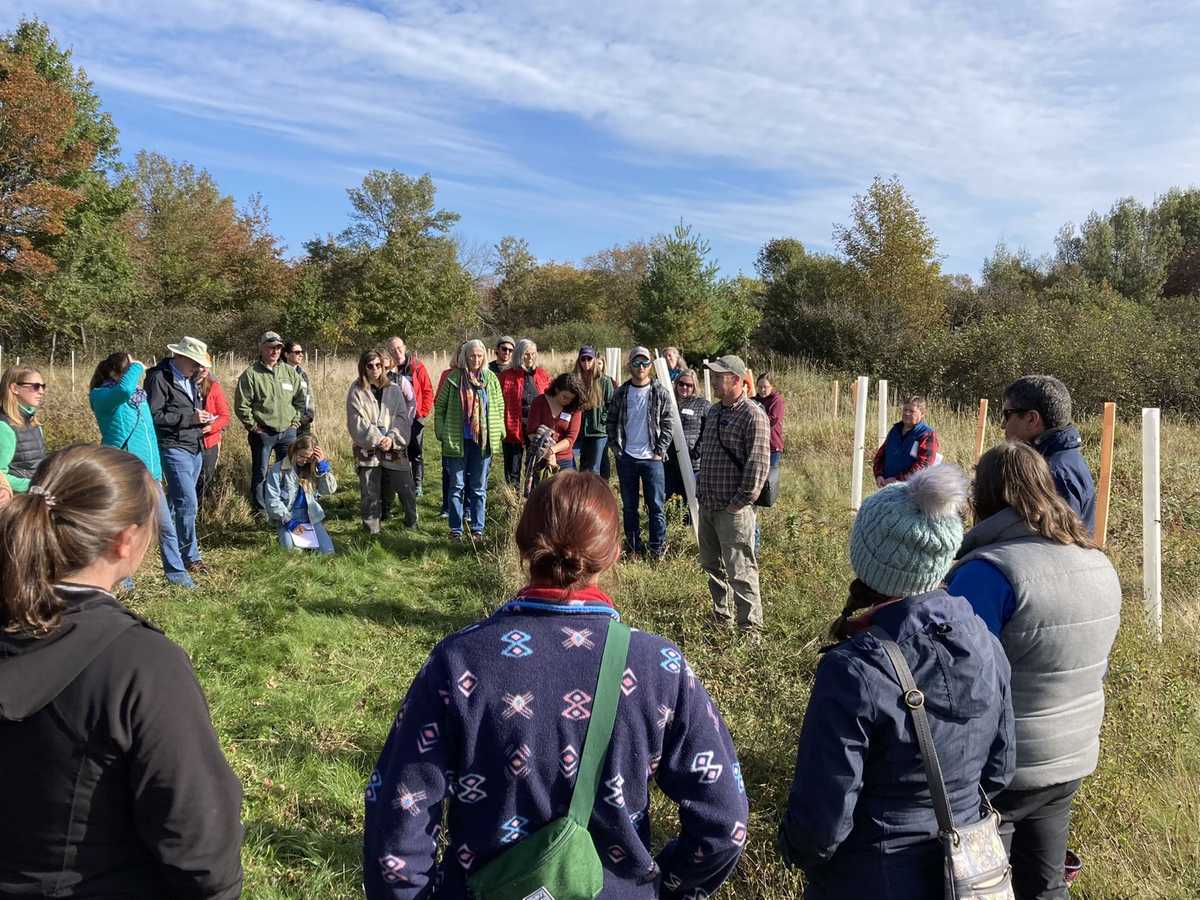
Derrick Mitchell of Boreal Environmental shared his vision for restoring his family in law’s property – a historic farmstead from as far back as the 1800s – to floodplain forest. With funding from NRCAN’s 2 Billion Trees Program, Derrick worked with ACAP Saint John and WWF-Canada to plant 280 species of climate tolerant trees including red oak, burr oak, and silver maple.
It is clear that community members care deeply about the health of the Wolastoq and its tributaries, and are willing to put in the work to protect it. We heard about the countless tangible actions First Nations, volunteers, grassroots initiatives, and environmental organizations take year-round to steward their watershed, from water quality monitoring to tree planting to wetland restoration and much more.
Water connects us all. The Wolastoq is us and we are her.Cecilia Brooks, Water Grandmother, Canadian Rivers Institute
Community-driven
We also learned about how ACAP Saint John operates, and their involvement in every aspect of a restoration project’s design. Executive Director Roxanne MacKinnon and her skilled team establish partnerships upfront, install the green infrastructure, and carry out pre- and post- monitoring at each site.
In addition to the concrete outcomes of these restoration projects on the physical landscape, the data ACAP collects are helping fill important science and knowledge gaps. And, because the Wolastoq is a transboundary watershed, these long-term datasets are contributing to important watershed management and stewardship decisions at all levels.
Thank you to the communities in the Wolastoq – including the teams at ACAP Saint John and WWF-Canada – for welcoming us to your watershed!
You can view ACAP Saint John’s Community-Based Water Monitoring Program dataset here and check out their other datasets at https://atlanticdatastream.ca/explore.
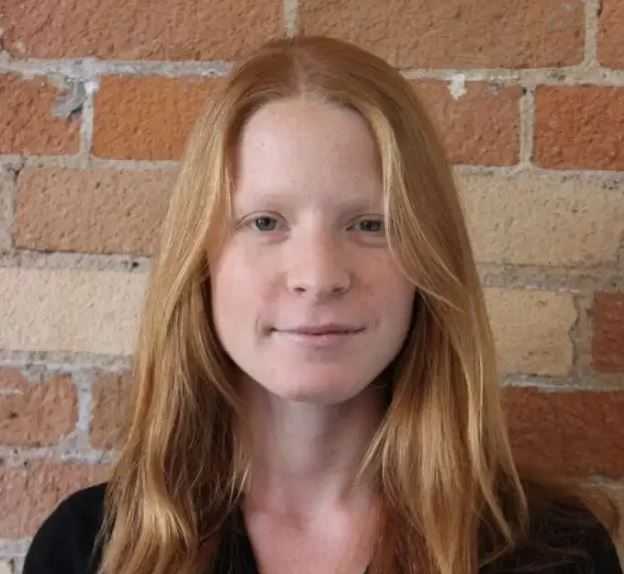
About the Author
Aislin Livingstone joined the Gordon Foundation in 2022 as a Program Manager for DataStream. In this role she manages a range of activities to meet program objectives, including strategic relationship building with communities and organizations in Atlantic Canada and across the country. Aislin is based in Halifax and can be reached at aislin@datastream.org.
The results are in! DataStream's 2023 external evaluation
We asked for your feedback, and you delivered! DataStream is pleased to share the results of our 2023 external evaluation.
Job Posting: Executive Director
The Executive Director (ED) will play a pivotal role in leading DataStream at an exciting time of growth.
Join DataStream's Pacific Data Drive
Do you collect water quality data in British Columbia or the Yukon? If YES, we want to work with you!


